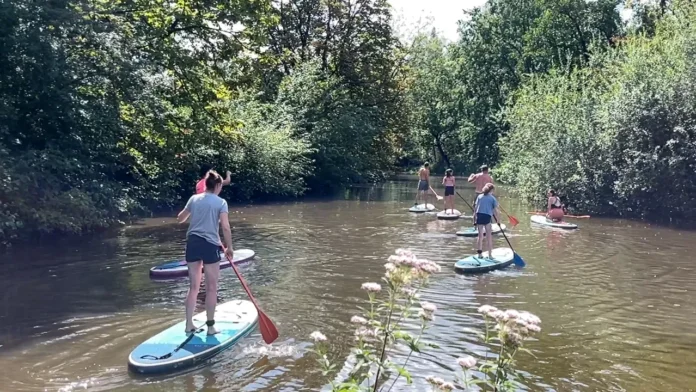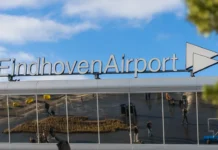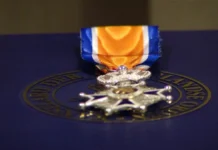The water quality of the Dommel in the centre of Eindhoven is improving. “Various animal species are moving into the centre,” says Mark Scheepens, ecologist at the Dommel Water Board.
There has been a fuss about the water quality of the Dommel for years. Discharges from heavy industry – from Pelt in Belgium -, (faeces) bacteria and drug residues are said to pollute the water. Recently, the municipality of Eindhoven and hospitals asked for attention for drug residues that end up in the water. Every year, at least 190,000 kilos of drug residues are said to end up in the surface water.
Yet ecologist Mark Scheepens is not so pessimistic about the water quality of the Dommel in the city. “My feeling is that the influence of heavy chemical substances is somewhat less, because we still see quite a bit of flora, fauna and fish in the city. Things are going in the right direction here.”
In the middle of the city, where the Dommel flows past the Van Abbemuseum and over the TU/e, Scheepens sees biodiversity improving. “A fish like the brook lamprey, but also an insect like the pebble swimming bug or the crayfish are now found in the middle of the city.” According to the ecologist, 2017 was an important moment in this. “That’s when we decided to let more water flow through the city. The current ensures that the animals spread faster.”
Overflow
However, there are also critical points when it comes to water quality. ‘Overflows’ have a major impact on this. These are the moments after downpours when various streets and tunnels in the city are flooded. “Then more groundwater flows through the Dommel. There are old metals in it and they have a negative impact,” says Scheepens.
“The city is actually the border area. Due to overflows in the city, the water quality is again worse downstream,” Scheepens explains. “In the nature reserve the Dommeldal on the border with Son en Breugel, the quality is actually the worst due to little oxygen in the water. At Sint-Oedenrode you see that the water quality is improving.”
State of affairs
At the water purification plant on Van Oldenbarneveltlaan in Eindhoven, the various Brabant water boards, the province of Noord-Brabant and ecologist Scheepens were present on Wednesday morning to explain where the province stands with regard to the goals for improving water quality in 2027. “In 2027, the glass must be three quarters full,” concludes Matthijs ten Harkel, water management policy officer at the province.
Source: Studio040
For Eindhoven News: Lila Mehrez











